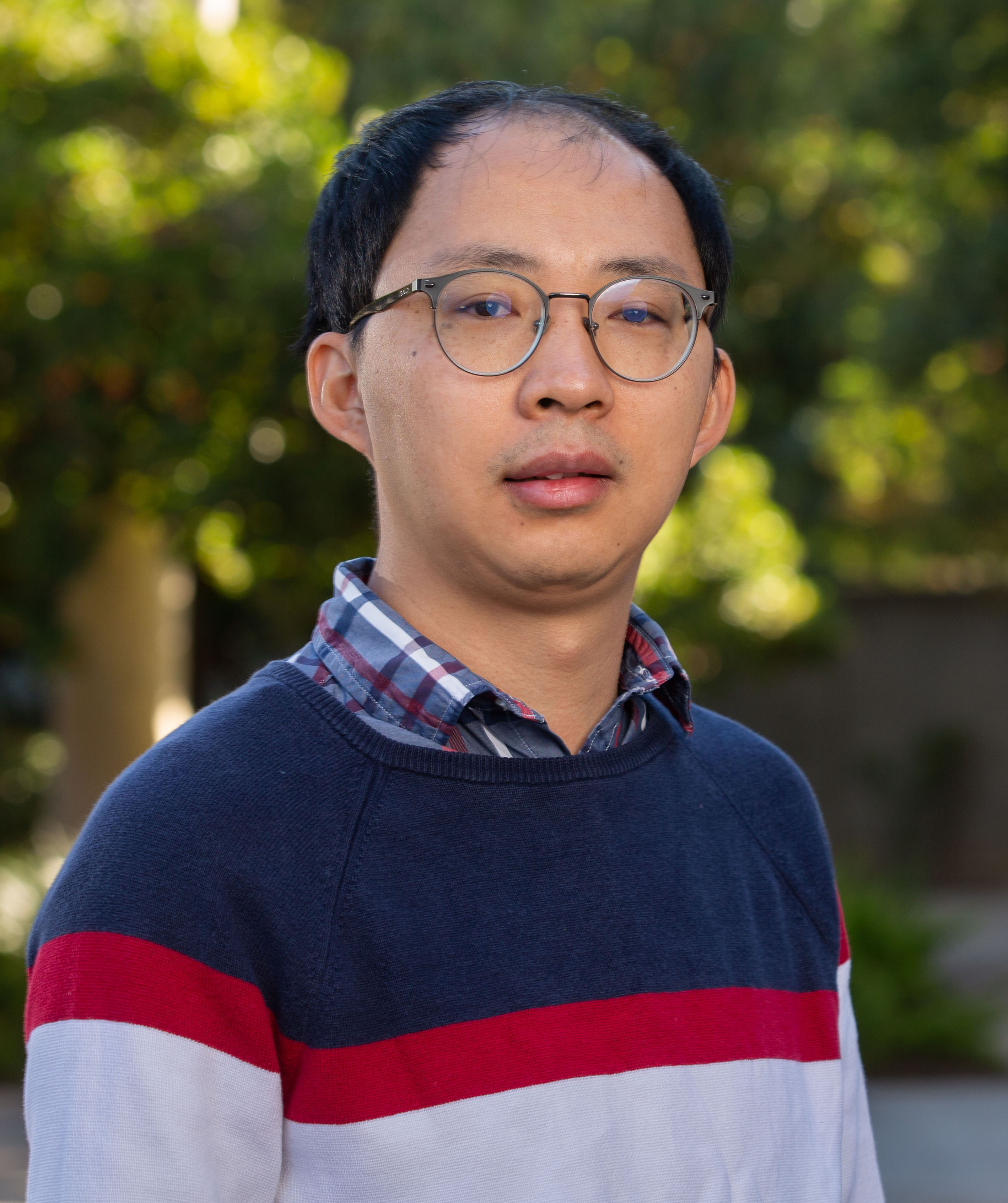 |
Lin ChenLin Chen is a postdoctoral researcher at the University of California, Riverside, USA. His postdoc project focuses on the development and implementation of computationally efficient methods for hydrologic modeling at the watershed scale. Lin completed his Ph.D. at the University of Montreal, Canada, where he utilized a combination of field observation and numerical modeling to quantify the surface energy components for different land cover types and to investigate the impacts of subsurface water flow on the thermal stability of roads and highways in high-altitude and high-latitude cold regions. Lin has rich field experiences in Qinghai-Tibet Plateau, China, Mohe city, the Northernmost city in China, and Yukon, Canada, where permafrost is an important factor controlling cryo-hydrogeological and biogeochemical processes. In these areas, the infrastructure experiences severe structural damage due to permafrost degradation. During his graduate study, geotechnical and geophysical investigations were conducted to characterize the ground stratigraphy and permafrost conditions. His current research interests include permafrost modeling, surface water-groundwater interactions, solute transport, surface energy balance, cold-region infrastructure, and computationally efficient algorithm. He is a board member of the PYRN Executive Committee and a PYRN national representative. |
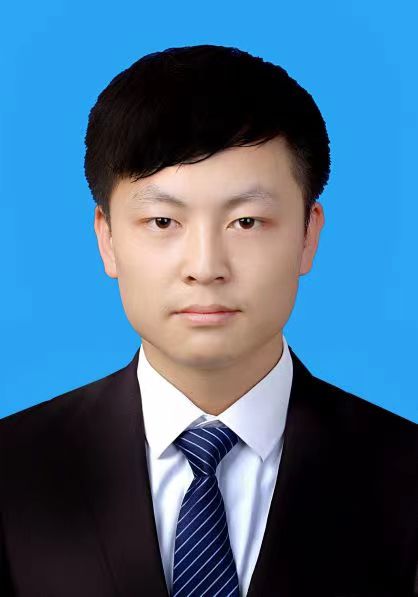 |
Xianglong LiXianglong completed his Master's degree in June 2021 from Lanzhou Jiaotong University (Lanzhou, China). His studies during the Master's degree allowed him to develop an interest in the study of the cryosphere, with a particular focus on the effects of climate change on humans and on engineering architecture. In September 2021, he got his PhD acceptance letter from Northeast Forestry University (Harbin, China), and his research is now focused on urban engineering problems in the cryosphere under climate warming, such as surface subsidence, particular expertise in the application of remote sensing in the engineering field. |
 |
Kaytan KelkarKaytan is a second year Ph.D. student at the University of Alaska Fairbanks. His primary research interests are in periglacial geomorphology focused on landslides propagated by mountain permafrost degradation. He is also interested in modeling mountain permafrost extent and geomorphological mapping. For his Ph.D. he will examine permafrost-affected landslides and develop a rock glacier inventory in the Central Alaska Range. He plans to conduct field surveys, install temperature and motion sensors on slopes, and implement InSAR remote sensing to detect slope displacements. His long-term goal is to improve hazard mitigation in permafrost-affected mountain terrain.
|
 |
Zhai JinbangZhai Jinbang studies permafrost since China is a permafrost country. The permafrost is mainly distributed in the Qinghai-Tibet Plateau and the northeastern region. Harbin, the city where he study, is located in the northeastern part of China, where there is a permafrost. The presence of permafrost causes many engineering problems. At the graduate level, his research area was water migration and soil frost heaving. During his Ph.D., his main research focus was on permafrost engineering, studying the effects of permafrost thawing and subsidence on engineering by means of field monitoring investigations and indoor tests. |
 |
Joe YoungJoseph is a PhD student at the University of Alberta where he is carrying out research on recent permafrost landslides in the Mackenzie Valley, Northwest Territories. His primary role in PYRN is coordinating early career activities and workshops for the ICOP 2024 conference in Whitehorse, Yukon. |
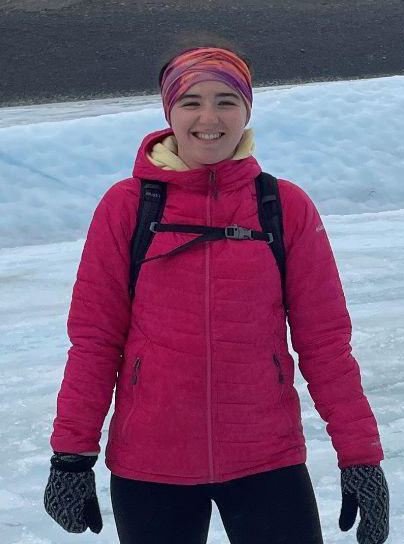 |
Natalie ArpinNatalie is a 3rd year PhD student in Civil Engineering at Queen’s University in Kingston, Canada. She focuses on the impact of changing permafrost conditions on linear infrastructure. She conducts her research on the Hudson Bay Railway in Manitoba, Canada, where she monitors the effects and distribution of frost jacking on railway bridges. |
 |
Stefano PontiStefano is a researcher at University of Insubria (Varese, Italy). His research focuses on the use of remote sensing techniques to mitigate the effects of climate change in urban and polar regions. After several expeditions to the Arctic, Antarctic and alpine areas, he is developing new methods to detect permafrost, active layer thickness and periglagial processes through the use of UAVs and thermography. His particular interest to the close-range remote sensing will answer many questions concerning the high spatio-temporal variability of the active layer and related geomorphic processes under a changing climate at local scales. The ongoing project in the Alaskan Arctic to which Stefano is involved will also provide interesting relations between permafrost and the greenhous gases flux. Guest editor of the scientific journal Remote Sensing (S.I. "Remote Sensing of Cryosphere and Related Processes") and co-convenor of 2 sessions at ICOP 2024 (3A - Antarctic Periglacial Environment, 10B - High Resolution Remote Sensing Applications in Permafrost Studies), he wishes to cooperate with international researchers or students. |
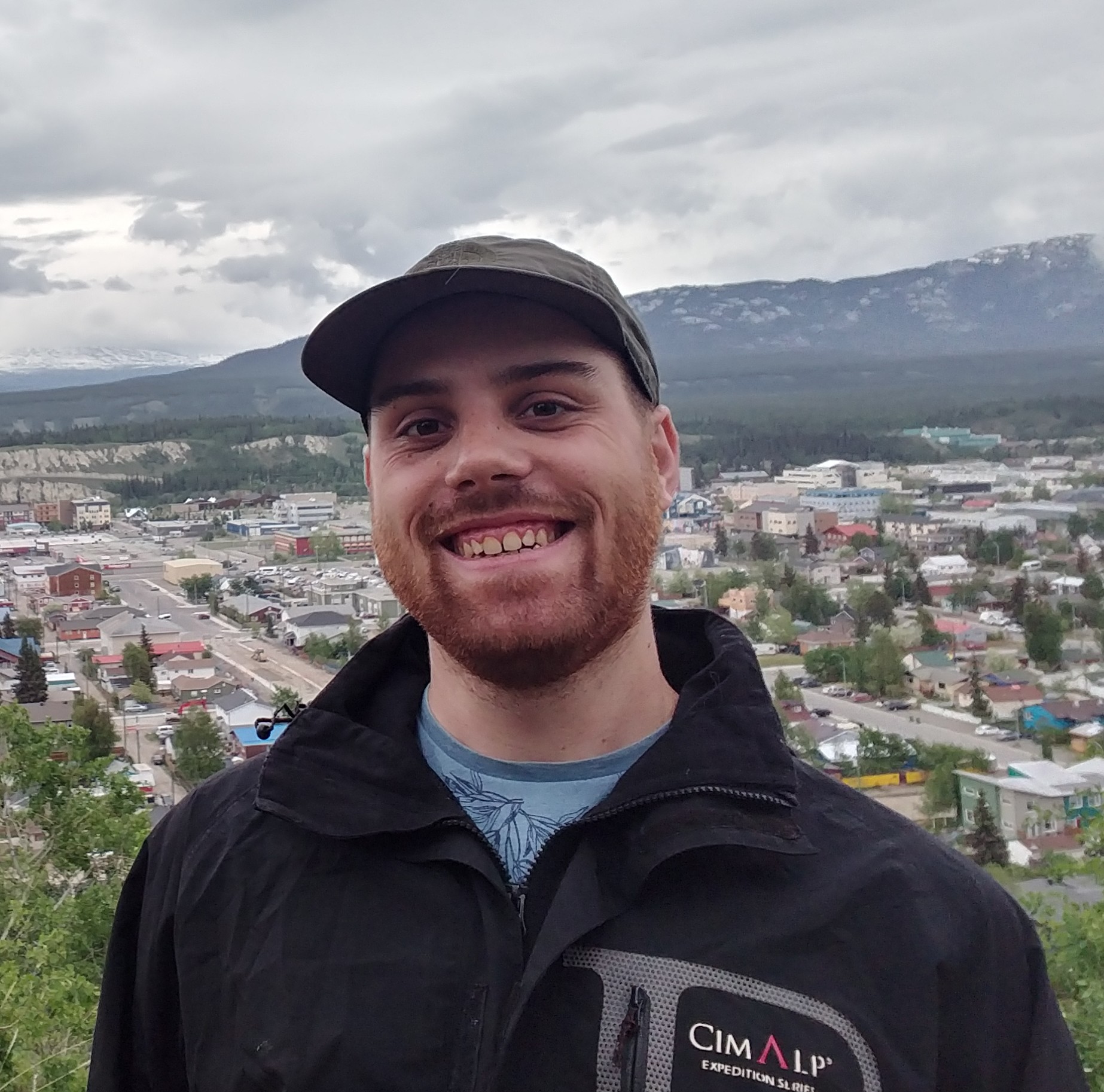 |
Bastien CharonnatBastien Charonnat is a PhD candidate at École de technologie supérieure (ÉTS), Université du Québec, Montreal (Canada). His research focuses on the hydrological behavior of proglacial systems and interactions between cryospheric features in glacial valleys. He uses a multimethod approach at his field site, in the St. Elias Mts (Yukon, Canada). He also participated in field expeditions on rock glaciers in the French Alps during his Master’s. |
 |
Dr. Remya S NDr. Remya S N is an Assistant Professor at the School for Sustainable Development in Amrita Viswa Vidyapeetham, Kerala, India. Earlier she was working as a Scientist in the Indian Institute of Science Bangalore, India.She is a remote sensing and glaciology expert with a passion for studying the Himalayan cryosphere. She has extensive experience in working with optical satellite data, with experience in the oldest CORONA (1960's) to the latest data sets such as Sentinel, Cartosat, and Landsat. She applies her skills to study glacier dynamics and Glacial Lake Outburst Flood (GLOF) risks. Additionally, Dr. Remya is one of the team members who has developed a unique technique to identify glacial lakes and their future extent, which has been implemented in various parts of the Himalayas. She has participated in several glacier expeditions in both the Himalayas and Iceland. Recently, her focus has shifted to studying permafrost and its impact on High Mountain Asia using satellite imagery and field investigations. She has also visited some of the rock glaciers in the Pri-Panchal ranges of the Himalayan region. |
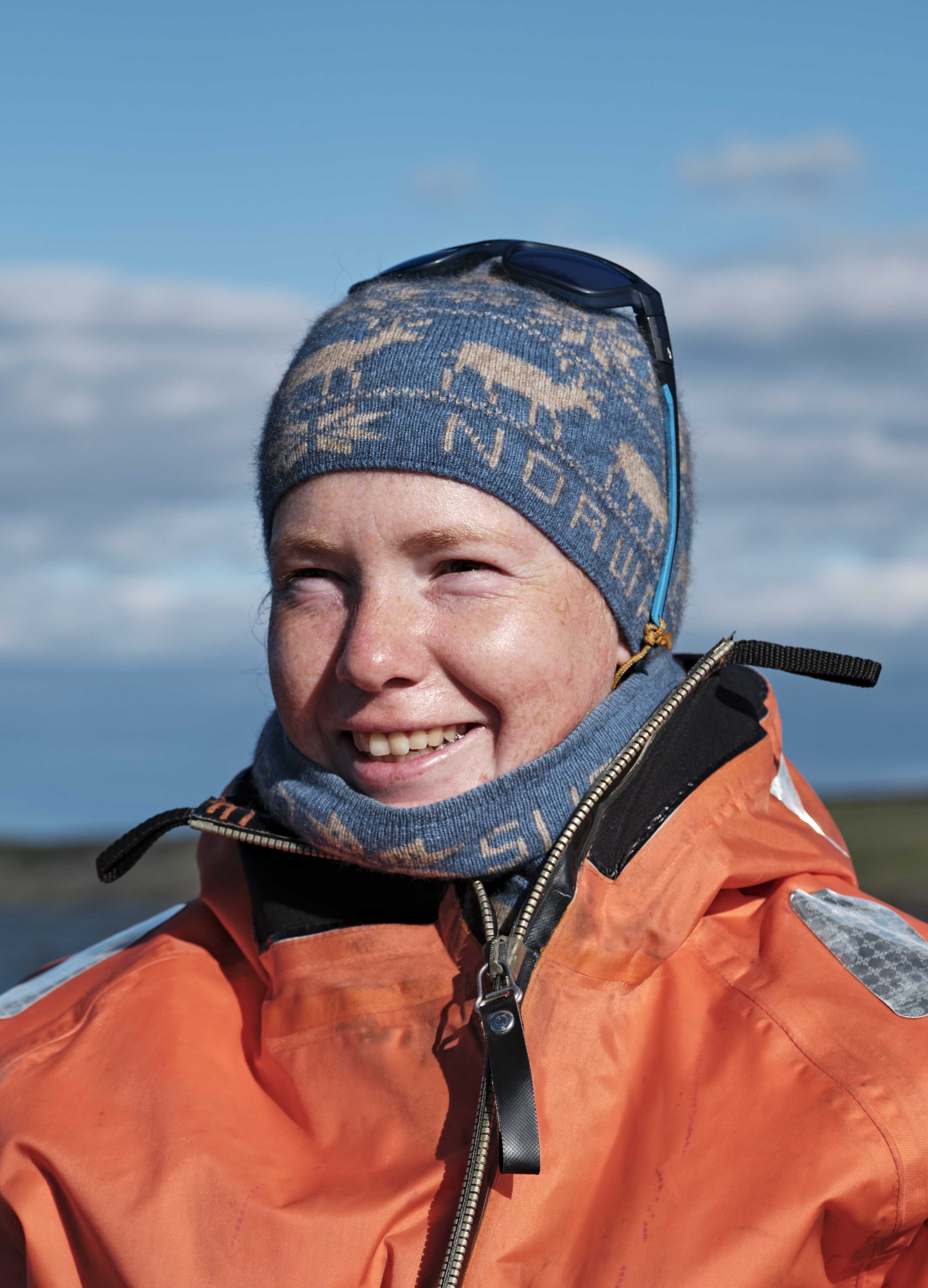 |
Saskia EppingerSaskia is a PhD-Student at the Chair of Landslides Research, Technical University of Munich (Germany). Her research interest is arctic as well as alpine permafrost. Saskia is working in different arctic environments, focusing on retrogressive thaw slumps in Canada and Greenland. She uses geophysical methods in the field as well as complementary lab work. Saskia is PYRN-member since 2017 and currently National Correspondence for Germany. |
 |
Soumitra SakhalkarSoumitra Sakhalkar is a PhD student at the University of Alaska Fairbanks. His research is focused on the terrain instability caused by the permafrost degradation on the North Slope of Alaska. He uses geophysical measurements such as displacement sensors, GNSS and other field validation strategies to upscale with the InSAR data that will soon be available through the NISAR L-band satellite. His long-term goal is communicate the research the wider public and incorporate the traditional knowledge of the lands he studies, to understand how the permafrost landscape is changing and how this has been impacting human, plant as well as animal life. |
Alejandro AlvarezSAlejandro Alvarez is a Ph.D. student in the Department of Earth and Atmospheric Sciences at the University of Alberta, Canada. His Ph.D. research focuses on mapping and understanding the distribution of ice-rich permafrost within the Mackenzie Delta Region, NT, Canada. His Ph.D. research will also investigate ground ice bodies typically found within the region, including buried glacier ice, segregated ice, intrusive ice and wedge ice. Alejandro has had the privilege of assisting and leading permafrost fieldwork for six years in many northern communities of Yukon and Northwest Territories. Alejandro joined PYRN in 2023. |
|
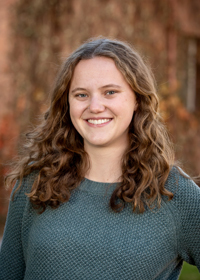 |
Emma LathropEmma is a PhD student at Northern Arizona University. Her research is focused on quantifying the magnitude and mechanisms of soil carbon loss in permafrost ecosystems following warming. Emma is interested in quantifying the timing and magnitude of the permafrost carbon feedback, specifically in understanding how susceptible carbon in deep soils is to decomposition and emission to the atmosphere as greenhouse gas. A changing arctic impacts everyone and she strives to improve how science is communicated to inform policy makers and the public. Emma is committed to promoting a culture of inclusion in the field and lab. In addition to her role on PYRN ExComm, she serves as the PYRN representative to the US Permafrost Association’s Board of Directors. |
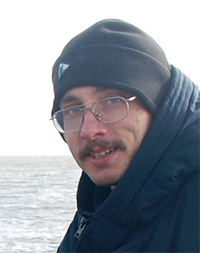 |
Denis FrolovDenis is a research fellow in the laboratory of avalanches and mudflows at Faculty of Geography, Lomonosov Moscow State University. His research interests include snow cover and climatic spacial and time alterations as well as regularities of snow cover formation and the processes of heat and mass transport in snow cover and on the boundary with ground while ground freezing.Participated in expeditions to Caucasus, New Siberian islands and other parts of Russian Arctic. He is a webmaster of the new PYRN website. |
